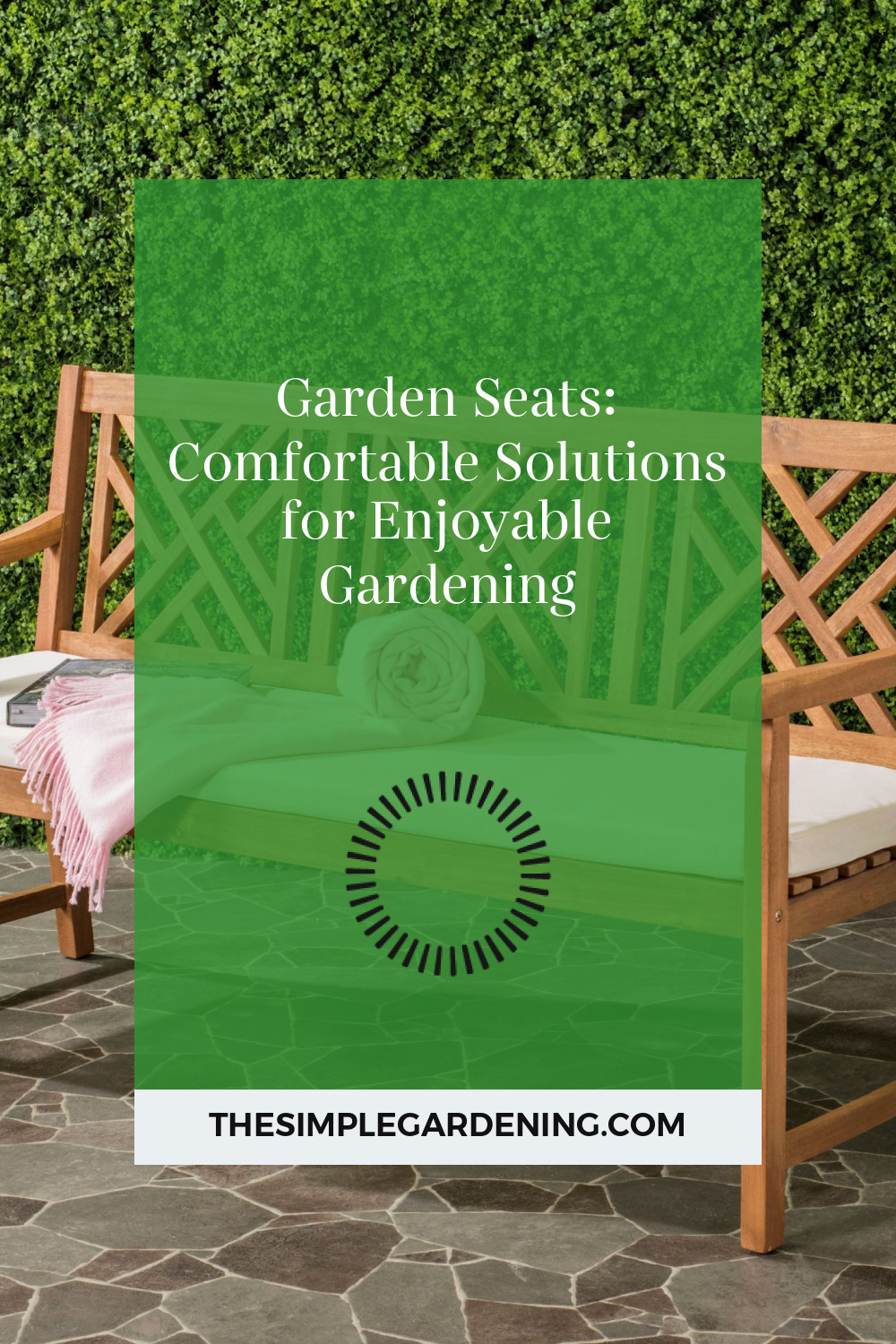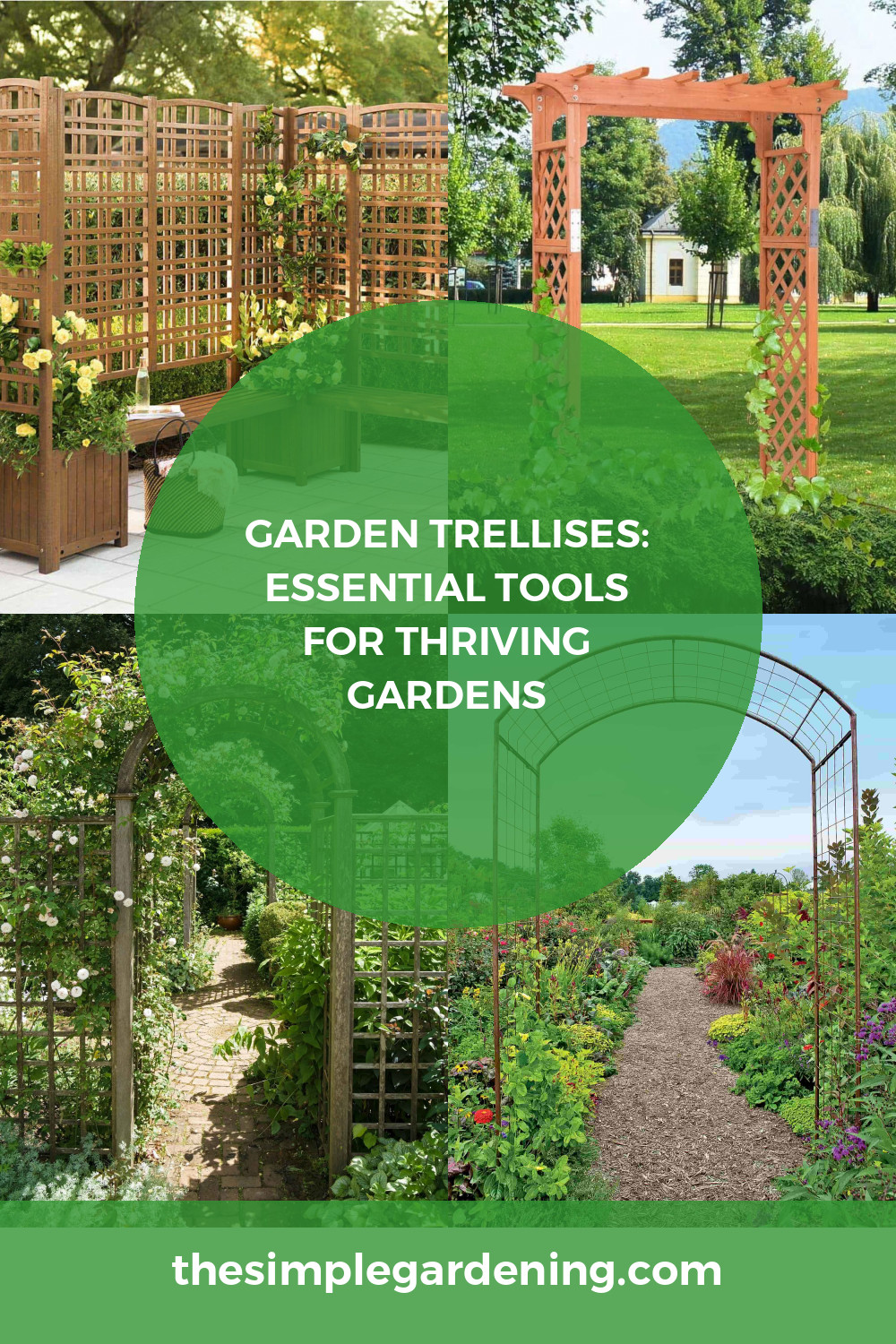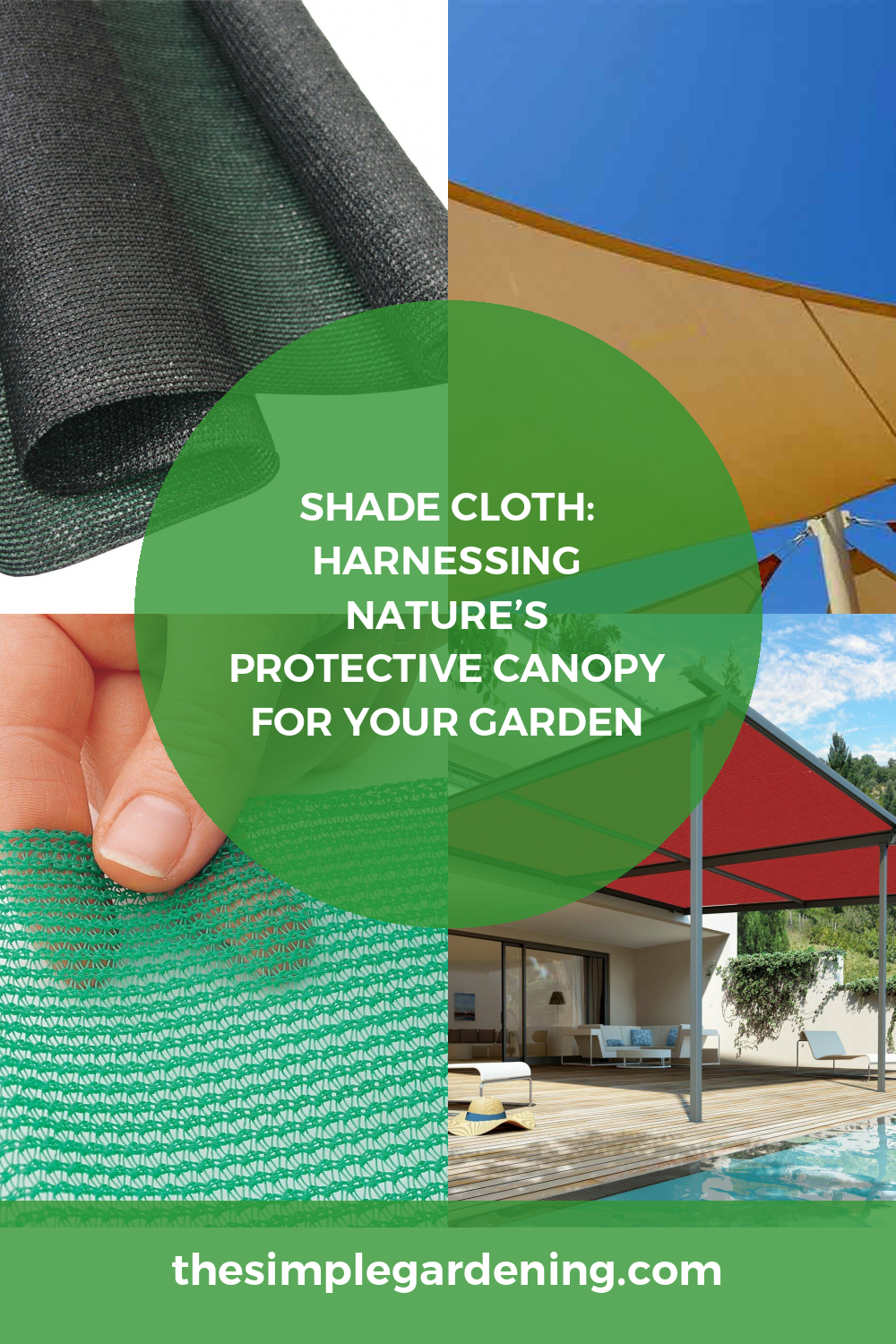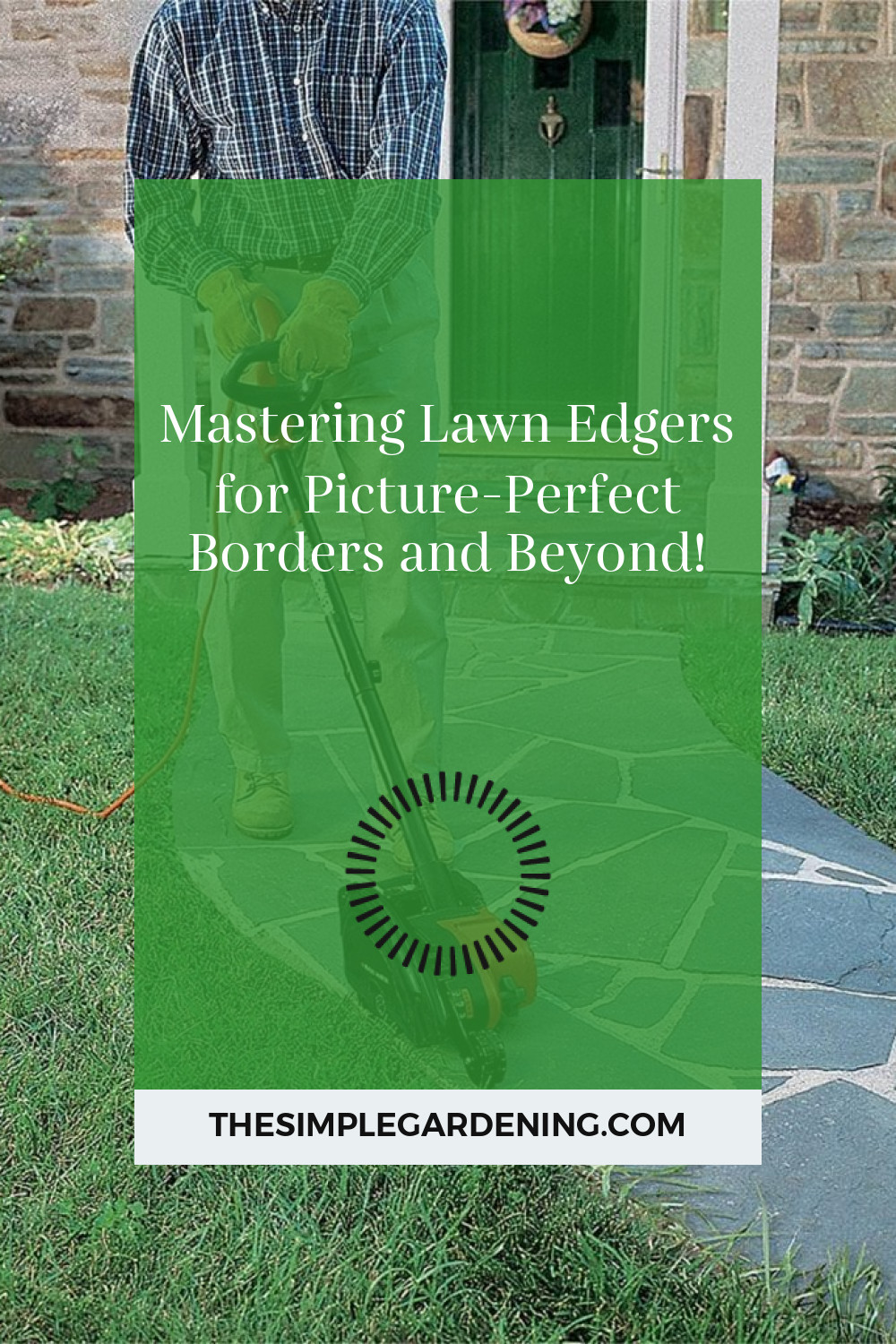Gardening is not just a hobby; it’s a therapeutic activity that connects us with nature and allows us to create beauty around us. However, hours spent tending to plants can take a toll on our bodies, leading to fatigue and discomfort. That’s where garden seats come in, offering a comfortable and ergonomic solution to enhance our gardening experience.
Definition and Purpose of Garden Seats
Garden seats encompass a variety of seating options designed specifically for outdoor use in gardens, yards, or any green space. Their primary purpose is to provide a comfortable and supportive surface for gardeners to rest, work, or simply enjoy their surroundings. From benches to stools to kneelers, these seats cater to different needs and preferences, ensuring that every gardener finds the perfect spot to relax and rejuvenate.
Table 1: Types of Garden Seats
| Type | Description |
|---|---|
| Garden Kneelers | Cushioned pads with handles for kneeling or flipping for seated use. |
| Garden Stools | Lightweight, portable stools with adjustable height for versatility. |
| Garden Benches | Spacious seating with backrests and armrests for added comfort and support. |
| Garden Chairs | Foldable or stackable chairs with comfortable designs for extended use. |
| Garden Rockers | Rocking chairs designed to provide relaxation and ergonomic support. |
Each type of garden seat serves a distinct purpose, catering to different preferences and gardening activities. Understanding these variations can help you choose the right seat for your needs.
Benefits of Using Garden Seats
Garden seats offer numerous benefits that contribute to a more enjoyable and efficient gardening experience. Let’s delve into some of these advantages:
Reduced Strain and Fatigue
Long hours spent bending, kneeling, or squatting while gardening can strain muscles and joints, leading to fatigue and discomfort. Garden seats provide a comfortable surface to sit or kneel on, reducing the strain on your body and allowing you to garden for longer periods without feeling tired.
Improved Posture and Comfort
Proper posture is essential for preventing back and neck pain, especially during repetitive tasks like weeding or planting. Garden seats with ergonomic designs promote good posture by providing adequate support to your back, reducing the risk of strain or injury.
Increased Efficiency and Productivity
With a comfortable and accessible seating option nearby, you can work more efficiently in your garden. Whether you’re sowing seeds, pruning bushes, or simply enjoying the view, having a designated spot to rest and regroup can enhance your productivity and enjoyment of gardening tasks.
Accessibility for People with Mobility Issues
For individuals with mobility issues or physical limitations, traditional gardening methods may pose challenges. Garden seats offer a practical solution by providing a stable and supportive surface for gardening activities, making it easier for everyone to participate in outdoor pursuits.
Enhanced Enjoyment of Gardening Activities
Gardening is not just about the end result; it’s about the process and the joy it brings. Garden seats create inviting spaces where you can immerse yourself in the sights, sounds, and scents of your garden, fostering a deeper connection with nature and enhancing your overall gardening experience.
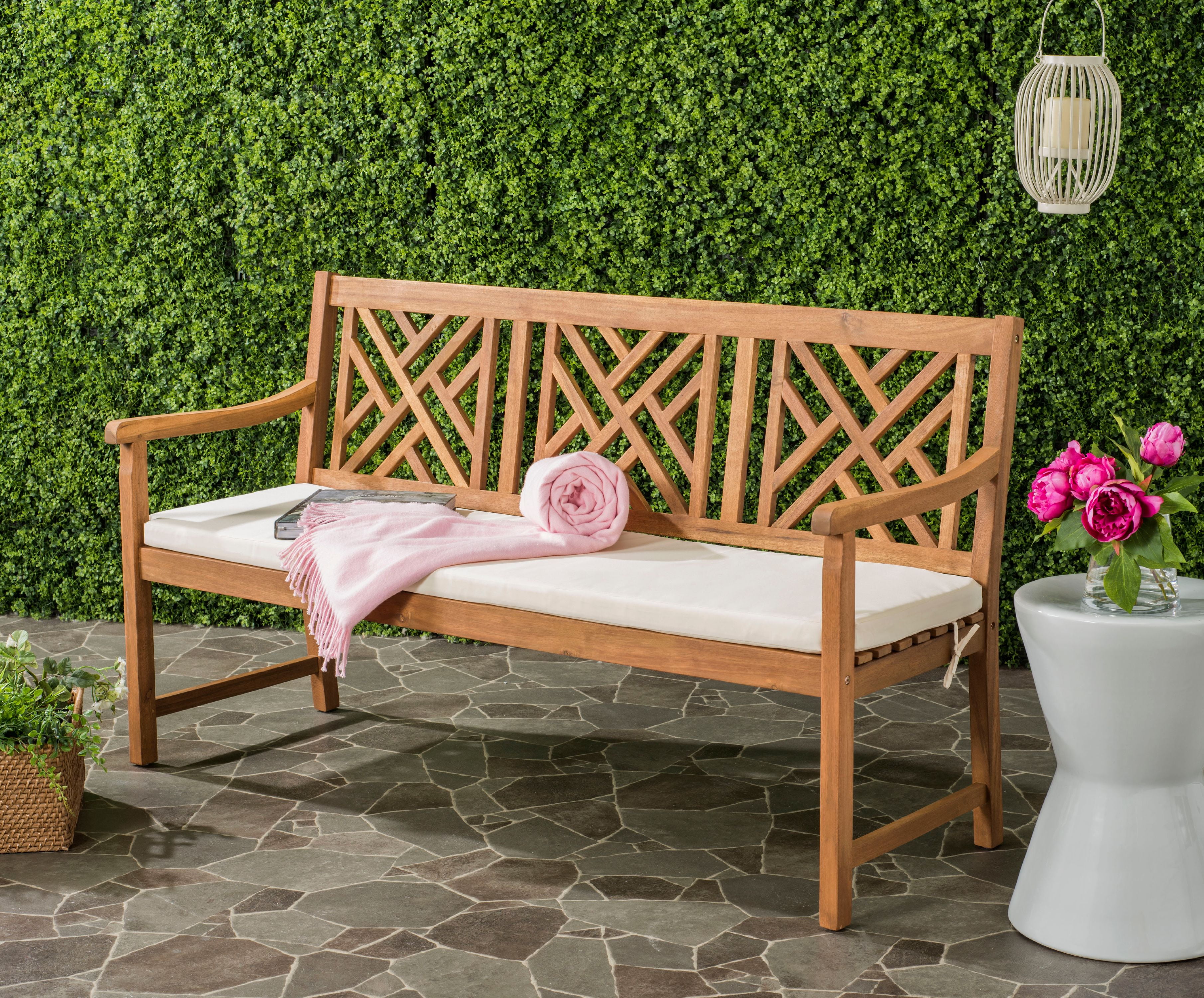
Source Image: www.walmart.com
Types of Garden Seats
Now, let’s explore the various types of garden seats available in the market, each offering unique features and benefits to cater to different gardening needs and preferences.
Garden Kneelers
Garden kneelers are designed to provide comfort and support while kneeling or sitting during gardening tasks. They typically consist of cushioned pads with handles for easy maneuvering. Here’s a detailed look at the features and benefits of garden kneelers:
Table 2: Features and Benefits of Garden Kneelers
| Features | Benefits |
|---|---|
| Cushioned Padding | Provides comfort and reduces strain on knees and joints. |
| Handles for Support | Offers stability and assists in standing up from kneeling position. |
| Versatility | Can be used for kneeling or flipped over for seated use. |
| Waterproof and Easy to Clean | Resistant to moisture and dirt, making them suitable for outdoor use. |
| Folding Design | Allows for compact storage when not in use. |
Garden kneelers are ideal for tasks that require prolonged kneeling, such as planting, weeding, or low-level maintenance. The cushioned padding and supportive handles make gardening more comfortable and accessible for individuals of all ages and mobility levels.
Garden Stools
Garden stools are lightweight and portable seating options that offer versatility and convenience in the garden. They are designed to provide a stable surface for sitting or as a step stool for reaching higher areas. Let’s explore the features and benefits of garden stools:
Table 3: Features and Benefits of Garden Stools
| Features | Benefits |
|---|---|
| Lightweight and Portable Design | Easy to carry around the garden for use wherever needed. |
| Adjustable Height | Allows for customization to suit individual preferences and tasks. |
| Non-Slip Feet | Provides stability on various surfaces, preventing accidents or slips. |
| Durable Construction | Ensures longevity and reliability for long-term use in outdoor settings. |
| Multi-Functional Use | Can be used as a seat or a step stool for reaching high places. |
Garden stools are perfect for gardeners who require flexibility and mobility while working outdoors. Whether you’re potting plants, pruning shrubs, or simply taking a break, a garden stool offers a convenient and comfortable seating solution.

Source Image: www.amazon.co.uk
Garden Benches
Garden benches are classic seating options that add charm and functionality to outdoor spaces. They typically feature a spacious seating area, backrest, and armrests for added comfort and support. Let’s explore the features and benefits of garden benches:
Table 4: Features and Benefits of Garden Benches
| Features | Benefits |
|---|---|
| Spacious Seating Area | Offers ample room for relaxation or socializing in the garden. |
| Backrest and Armrests | Provides support and promotes proper posture while sitting. |
| Weather-Resistant Materials | Withstand outdoor elements, ensuring durability and longevity. |
| Stylish Designs | Enhance the aesthetic appeal of garden spaces, adding a decorative touch. |
| Solid Construction | Ensures stability and durability for years of use in outdoor settings. |
Garden benches are perfect for creating inviting seating areas where you can unwind and enjoy the beauty of your garden. Whether you’re reading a book, sipping tea, or simply soaking in the sights and sounds of nature, a garden bench provides a comfortable spot to relax and rejuvenate.
Garden Chairs
Garden chairs offer a combination of comfort, convenience, and practicality for outdoor seating. They come in various designs, from foldable to stackable, to suit different preferences and space constraints. Let’s explore the features and benefits of garden chairs:
Table 5: Features and Benefits of Garden Chairs
| Features | Benefits |
|---|---|
| Comfortable Seat and Backrest | Provides ergonomic support for extended periods of sitting. |
| Foldable or Stackable Design | Allows for easy storage and space-saving solutions when not in use. |
| Lightweight yet Sturdy | Easy to move around the garden while offering stability and durability. |
| UV-Resistant Materials | Protects against sun damage, ensuring longevity in outdoor settings. |
| Options for Cushions or Padding | Provides additional comfort and customization options for users. |
Garden chairs are versatile seating options that can be used for dining, lounging, or socializing in the garden. Their practical design and comfortable features make them essential additions to any outdoor space.

Source Image: www.savvysurf.co.uk
Garden Rockers
Garden rockers offer a unique seating experience, combining relaxation with ergonomic design. These chairs feature a rocking motion that allows you to gently sway back and forth, providing a soothing sensation while you enjoy your garden. Let’s delve into the features and benefits of garden rockers:
Table 6: Features and Benefits of Garden Rockers
| Features | Benefits |
|---|---|
| Rocking Motion | Promotes relaxation and relieves stress, enhancing the overall gardening experience. |
| Ergonomic Design | Supports natural body movement, reducing muscle tension and fatigue. |
| Weatherproof Materials | Resistant to outdoor elements, ensuring durability and longevity. |
| Rust-Resistant Frames | Maintains structural integrity even in harsh weather conditions. |
| Size and Weight Considerations | Provides stability and balance for safe rocking motion. |
Garden rockers are perfect for creating a tranquil oasis in your garden, where you can unwind and enjoy moments of peace amidst the beauty of nature. Whether you’re reading a book, birdwatching, or simply soaking in the sun, a garden rocker offers a cozy spot to relax and rejuvenate.
Maintenance and Care Tips for Garden Seats
Proper maintenance is essential to ensure the longevity and performance of your garden seats. Here are some tips to help you keep them in top condition:
- Cleaning and Storing Garden Seats Properly: Regularly clean your garden seats with mild soap and water to remove dirt and debris. Store them in a dry, sheltered area when not in use to prevent damage from exposure to the elements.
- Checking for Wear and Tear Regularly: Inspect your garden seats regularly for signs of wear, such as loose screws, cracks, or rust. Address any issues promptly to prevent further damage.
- Lubricating Moving Parts: For garden rockers or foldable seats, lubricate moving parts regularly to ensure smooth operation and prevent squeaking or sticking.
- Repairing Minor Damage or Replacing Parts: If you notice any damage to your garden seats, such as torn fabric or broken parts, repair them as soon as possible. Replace damaged components to maintain the structural integrity of the seats.
- Extending the Lifespan of Garden Seats: Take proactive measures to extend the lifespan of your garden seats, such as applying a protective sealant to wooden benches or using weatherproof covers during inclement weather.
By following these maintenance tips, you can ensure that your garden seats remain functional, comfortable, and aesthetically pleasing for years to come.

Source Image: www.pinterest.co.uk
Garden Seats
DIY Garden Seat Projects
If you’re feeling creative and adventurous, why not try your hand at DIY garden seat projects? Building your own garden seats not only allows you to customize them to your preferences but also adds a personal touch to your outdoor space. Here are some simple yet rewarding projects to consider:
Building a Simple Garden Bench
A basic garden bench is a versatile seating option that can be easily customized to suit your style and needs. All you need are some basic woodworking skills and the following materials:
- Wooden planks for the seat and legs
- Screws, nails, or wood glue
- Saw, drill, and sandpaper
- Optional: paint or stain for finishing touches
By following step-by-step instructions or online tutorials, you can create a sturdy and functional bench that adds charm and functionality to your garden.
Upcycling Old Furniture into Garden Seats
If you have old furniture lying around, don’t throw it away—repurpose it into stylish garden seats! From wooden chairs to metal stools, almost any piece of furniture can be transformed with a fresh coat of paint and some creative flair. Consider adding cushions or decorative elements to enhance comfort and aesthetics.
Creating a Customized Garden Stool
Garden stools are versatile seating options that can also serve as side tables or plant stands. To create your own garden stool, you’ll need:
- A sturdy base, such as a wooden or metal stool frame
- Cement, concrete, or mosaic tiles for the seat surface
- Adhesive or grout for securing the tiles
- Optional: waterproof sealant for added durability
With a bit of creativity and DIY spirit, you can design a unique and functional garden stool that complements your outdoor decor.
Constructing a Raised Bed with Built-In Seating
For gardeners with limited space, a raised bed with built-in seating offers a practical solution for growing plants while providing comfortable seating options. To build your own raised bed with seating, you’ll need:
- Wooden or metal materials for the raised bed frame
- Lumber or decking boards for the seating area
- Screws, nails, or brackets for assembly
- Optional: lining material to protect against moisture
By combining gardening and seating elements into one cohesive structure, you can maximize space efficiency and create a focal point in your garden.
Personalizing Garden Seats with Paint or Decorative Elements
Once you’ve built or repurposed your garden seats, don’t forget to add personal touches to make them truly unique. Consider painting them in vibrant colors, adding stenciled designs, or embellishing them with mosaic tiles or decorative hardware. Let your imagination run wild and infuse your personality into every detail.

Source Image: www.theseniortips.com
Choosing the Right Garden Seat for Your Needs
With so many options available, choosing the right garden seat can seem overwhelming. However, by considering your gardening tasks, physical comfort, and personal preferences, you can narrow down your choices and find the perfect seat for your needs. Here are some factors to consider:
Considering Your Gardening Tasks and Frequency
Think about the type of gardening tasks you regularly perform and how often you engage in them. If you spend long hours planting, weeding, or pruning, you may benefit from a comfortable seat with back support, such as a garden bench or chair. On the other hand, if you’re frequently moving around the garden or working in tight spaces, a lightweight and portable option like a garden stool or kneeler may be more suitable.
Assessing Your Physical Comfort and Mobility
Take into account your physical comfort and any mobility issues you may have. If you experience back pain or joint stiffness, opt for seats with ergonomic designs and cushioned padding to provide support and alleviate strain. Additionally, consider the height and stability of the seat, especially if you have difficulty kneeling or standing for extended periods.
Matching Garden Seat Features to Your Preferences
Consider your personal preferences and aesthetic preferences when choosing a garden seat. Do you prefer traditional wooden benches or modern metal chairs? Are you drawn to bright colors or natural finishes? Think about how the design and style of the seat will complement your garden decor and enhance the overall ambiance of your outdoor space.
Budget Considerations for Purchasing Garden Seats
Set a budget for purchasing garden seats and explore options within your price range. While quality and durability are important factors to consider, there are plenty of affordable seating options available that offer comfort and functionality without breaking the bank. Compare prices, read reviews, and prioritize features that are essential for your needs.
Seeking Recommendations and Reviews from Other Gardeners
Don’t hesitate to seek recommendations and reviews from other gardeners who have experience with different types of garden seats. Online forums, gardening communities, and social media platforms are valuable resources for gathering insights and opinions from fellow enthusiasts. Pay attention to feedback regarding comfort, durability, and overall satisfaction with specific seat models.
By carefully considering these factors and doing your research, you can make an informed decision when choosing the right garden seat for your needs. Whether you opt for a classic bench, a versatile stool, or a cozy rocker, investing in a comfortable and functional seat will enhance your gardening experience and allow you to enjoy your outdoor space to the fullest.
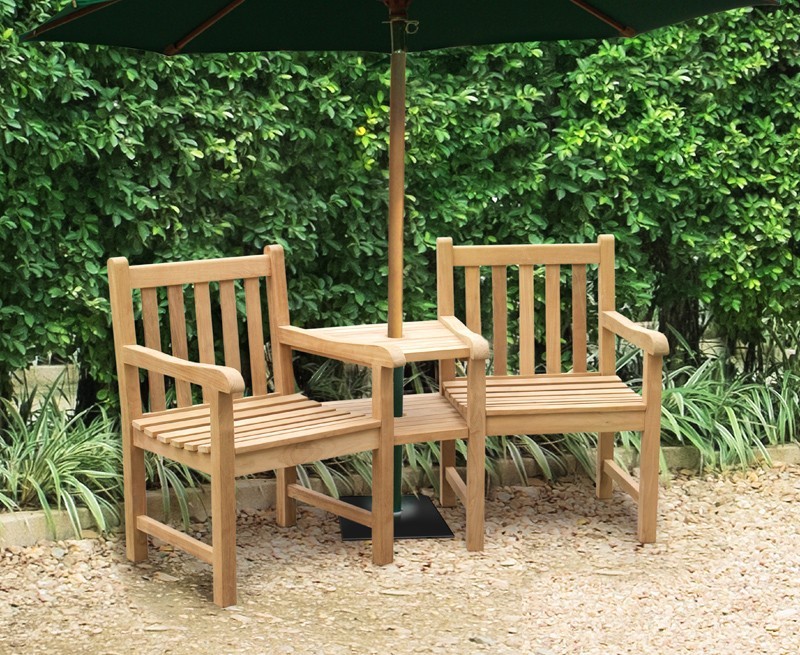
Source Image: www.corido.co.uk
Safety Considerations When Using Garden Seats
While garden seats enhance comfort and productivity during gardening activities, it’s essential to prioritize safety to prevent accidents or injuries. Here are some important safety considerations to keep in mind:
Checking Stability and Weight Capacity
Before using any garden seat, ensure that it is stable and can support your weight safely. Check for loose joints, wobbly legs, or signs of damage that may compromise stability. Additionally, verify the weight capacity of the seat to avoid overloading it, which can lead to tipping or collapse.
Using Garden Seats on Even Ground
Place garden seats on flat and stable surfaces to prevent tipping or instability. Avoid placing them on uneven terrain, slippery surfaces, or soft ground that may cause them to sink or shift unexpectedly. If necessary, use leveling tools or add stabilizing supports to ensure a secure seating environment.
Avoiding Overexertion and Fatigue
While garden seats can help reduce strain and fatigue during gardening tasks, it’s essential to listen to your body and take breaks as needed. Avoid overexertion by pacing yourself and alternating between sitting, standing, and stretching to prevent muscle fatigue and discomfort.
Proper Lifting Techniques for Moving Heavy Seats
When moving heavy garden seats or lifting them for storage, use proper lifting techniques to prevent strain or injury. Bend your knees, keep your back straight, and lift with your legs instead of your back. If possible, enlist the help of a friend or use lifting aids to distribute the weight evenly and reduce the risk of accidents.
Supervising Children and Pets Around Garden Seats
Keep children and pets away from garden seats while you’re using them to avoid accidents or injuries. Teach children about the importance of safety around garden equipment and supervise their activities to prevent falls or collisions. Store garden tools and equipment out of reach when not in use to minimize the risk of accidents.
By following these safety considerations and practicing caution when using garden seats, you can create a safe and comfortable environment for gardening activities. Prioritize safety at all times to enjoy your outdoor space with peace of mind and minimize the risk of accidents or injuries.

Source Image: uk-gardens.co.uk
Garden Seats
Incorporating Garden Seats into Garden Design
Integrating garden seats into your garden design not only adds functionality but also enhances the overall aesthetics and ambiance of your outdoor space. Here are some creative ways to incorporate garden seats into your garden design:
Placing Seats in Strategic Locations for Enjoying Views
Position garden seats in strategic locations that offer scenic views of your garden, such as near flower beds, beneath shady trees, or overlooking water features. Create inviting seating areas where you can relax and appreciate the beauty of your surroundings while sipping a cup of tea or reading a book.
Creating Cozy Seating Areas within Garden Layout
Designate cozy seating areas within your garden layout by grouping multiple seats together to form intimate gathering spots. Arrange benches around a focal point, such as a fire pit or fountain, to encourage socializing and relaxation. Add cushions, throws, and potted plants to enhance comfort and ambiance.
Enhancing Garden Themes with Matching Seat Designs
Choose garden seats that complement the theme and style of your garden to create a cohesive and harmonious look. For example, opt for rustic wooden benches for a cottage garden or sleek metal chairs for a contemporary urban garden. Coordinate seat designs with other garden elements, such as planters, sculptures, or pathways, to tie the theme together.
Integrating Garden Seats with Other Garden Features
Blend garden seats seamlessly with other garden features, such as pergolas, arbors, or trellises, to create cohesive outdoor spaces. Place benches beneath arched structures for sheltered seating or incorporate built-in seating into retaining walls or raised planters. By integrating seats with existing garden structures, you can maximize space efficiency and enhance visual interest.
Maximizing Space Efficiency with Foldable or Stackable Seats
Opt for foldable or stackable garden seats to maximize space efficiency in small gardens or outdoor areas. Foldable chairs can be easily stored in sheds or garages when not in use, while stackable stools can be stacked vertically to save space on patios or balconies. Choose lightweight and portable options that offer versatility and convenience without sacrificing comfort.
By incorporating garden seats into your garden design in creative and thoughtful ways, you can create inviting outdoor spaces that encourage relaxation, socializing, and enjoyment of nature. Experiment with different seating arrangements, styles, and placements to find the perfect balance between functionality and aesthetics.
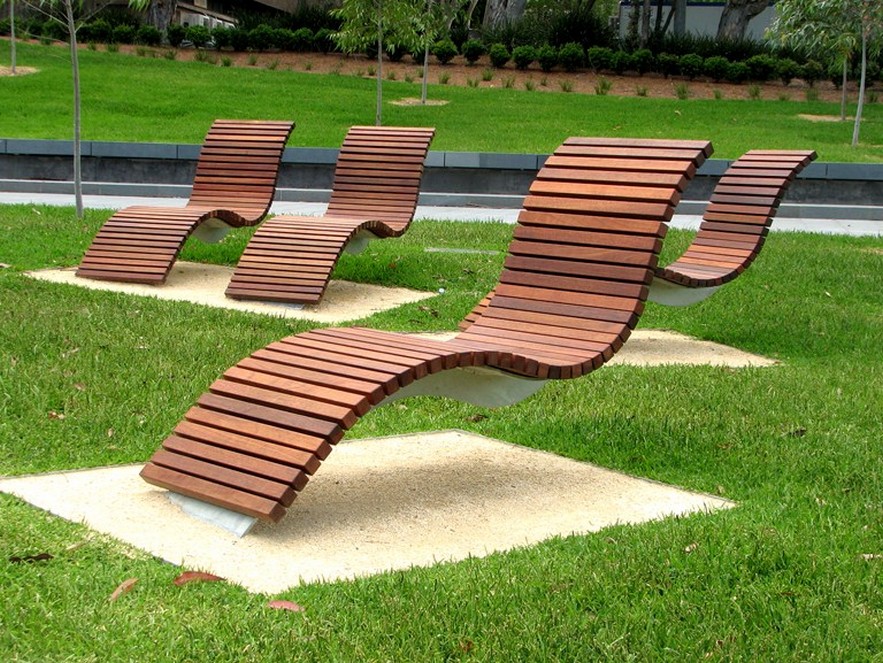
Source Image: www.goodworksfurniture.com
Future Trends in Garden Seat Design and Technology
As technology continues to advance and consumer preferences evolve, garden seat design is also undergoing innovation and transformation. Here are some future trends to watch out for in garden seat design and technology:
Advances in Ergonomic Design for Enhanced Comfort
Future garden seats will likely feature innovative ergonomic designs that prioritize comfort and support. Expect to see seats with adjustable features, such as lumbar support, reclining capabilities, and customizable seating positions to accommodate different body types and preferences. Materials with memory foam or gel inserts may also become more prevalent to provide superior cushioning and pressure relief.
Integration of Sustainable Materials and Manufacturing Practices
With growing concerns about environmental sustainability, garden seat manufacturers are increasingly turning to eco-friendly materials and manufacturing processes. Look for seats made from recycled materials, such as reclaimed wood or recycled plastic, as well as options with minimal environmental impact, such as bamboo or cork. Sustainable production methods, such as 3D printing or CNC machining, may also become more widespread to reduce waste and energy consumption.
Smart Features for Garden Seats
The integration of smart technology into garden seats is another trend on the horizon. Imagine garden benches with built-in speakers for playing music or podcasts, wireless charging ports for electronic devices, or LED lighting for nighttime use. Smart sensors may also be incorporated to monitor environmental conditions, such as temperature and humidity, and provide personalized comfort settings for users.
Collaboration with Garden Designers and Landscape Architects
As outdoor living spaces become increasingly popular, garden seat manufacturers may collaborate with garden designers and landscape architects to create cohesive and functional outdoor environments. Expect to see seats that are seamlessly integrated into garden layouts, with custom designs that complement surrounding features and enhance overall aesthetics. These collaborative efforts may result in innovative seating solutions that blur the lines between furniture and landscape architecture.
Customization Options for Personalized Garden Seats
Personalization will be a key trend in garden seat design, allowing consumers to customize their seats to suit their unique preferences and style. Look for options to choose from a variety of colors, finishes, and materials, as well as the ability to add personalized engravings or decorative elements. Modular seating systems may also become more prevalent, allowing users to mix and match components to create custom configurations that meet their specific needs.
By staying informed about these future trends in garden seat design and technology, you can anticipate exciting developments and make informed choices when selecting seats for your outdoor space. Whether you prefer traditional wooden benches or cutting-edge smart chairs, there will be plenty of options to enhance your gardening experience and elevate your outdoor oasis.
Garden seats are more than just functional pieces of furniture; they are essential elements that enhance the comfort, productivity, and enjoyment of outdoor spaces. From classic benches to modern rockers, there is a wide range of seating options available to suit every gardening need and preference.
In this comprehensive guide, we’ve explored the definition and purpose of garden seats, delved into the benefits of using them, and examined various types of garden seats, including kneelers, stools, benches, chairs, and rockers. We’ve also discussed important features to consider when choosing garden seats, such as material selection, seat height, weight capacity, portability, and additional features.
Furthermore, we’ve provided maintenance and care tips to ensure the longevity of garden seats, shared DIY project ideas for creating custom seating solutions, and discussed safety considerations when using garden seats. We’ve also explored ways to incorporate garden seats into garden design, maximize space efficiency, and discussed future trends in garden seat design and technology.
Whether you’re a seasoned gardener or just starting, investing in quality garden seats can make a significant difference in your gardening experience. By choosing the right seats for your needs, maintaining them properly, and incorporating them thoughtfully into your outdoor space, you can create a welcoming and comfortable environment where you can relax, unwind, and connect with nature.
We hope this guide has provided valuable insights and inspiration for selecting, using, and enjoying garden seats in your outdoor oasis. Happy gardening!

